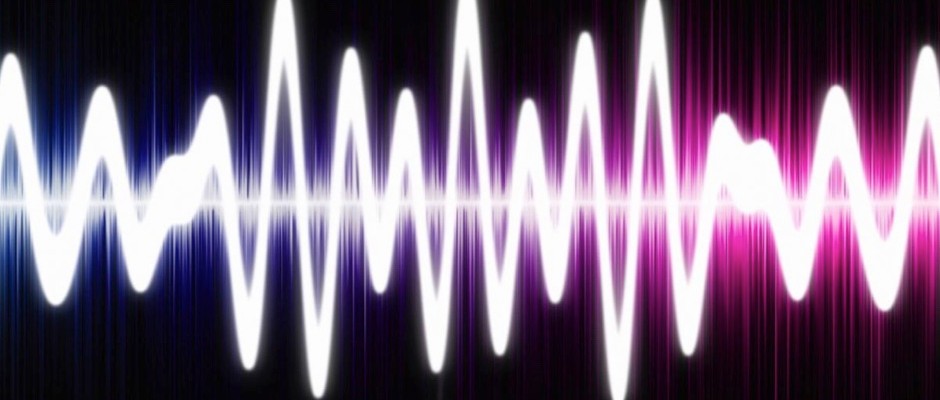Sound is a form of energy that travels through air and other materials as waves of pressure changes. These pressure changes are caused by the vibrations of an object or material, and are detected by the human ear as sound. In this article, we will explore the basics of sound theory, frequencies, and how they relate to our perception of sound.

Frequencies & sound explained
Frequency is the most important aspect of sound theory. It is the measurement of how many waves or cycles of pressure changes occur in a given time period, usually measured in hertz (Hz). The frequency of a sound wave determines its pitch, or how high or low it sounds to the human ear. The higher the frequency, the higher the pitch of the sound. For example, a dog whistle produces a high-frequency sound that is beyond the range of human hearing.
The range of human hearing is typically between 20 Hz and 20,000 Hz. This range is divided into smaller segments, each of which has its own name. The lower range, below 250 Hz, is called the bass range. The mid-range, between 250 Hz and 4,000 Hz, is where most of the frequencies of human speech occur. The upper range, above 4,000 Hz, is called the treble range.
The frequency content of a sound wave can be analyzed using a spectrum analyzer. This device breaks down the sound wave into its individual frequency components and displays them as a graph. This is useful for identifying the specific frequencies that make up a sound, as well as any frequency imbalances or anomalies.
Sound waves can also be described by their amplitude, or the intensity of the pressure changes. This is usually measured in decibels (dB) and determines the perceived loudness of a sound. The higher the amplitude, the louder the sound. For example, a rock concert produces a much higher amplitude than a conversation between two people.
When multiple sound waves are present in the same space, they can interact with each other in various ways. One common phenomenon is called interference, where the waves either reinforce or cancel each other out. This can result in a change in the overall amplitude or frequency content of the sound.
Equalization (EQ) is a common tool used to adjust the frequency content of a sound wave. This can be used to boost or cut specific frequencies, which can be useful for correcting any frequency imbalances or achieving a desired sound. Different types of EQs are used for different purposes, such as graphic EQs for general adjustments or parametric EQs for more precise adjustments.
In conclusion, basic sound theory and frequencies are essential concepts to understand for anyone working with audio. The frequency content of a sound wave determines its pitch, and the amplitude determines its perceived loudness. Interference and EQ can both have a significant impact on the overall sound. By understanding these concepts, audio professionals can better manipulate and control the sound in a given space, resulting in a higher-quality audio experience for listeners.
This tutorial explains the basics of sounds and frequencies. In this season I’m looking at spectral processors like filters and equalizers: The first step to understanding these, is to understand frequencies.
Audio Engineers Interviews
Red Hot Chili Peppers Sound Engineer – Dave Rat 2016 Set up
Antony King – Front of House Engineer for Depeche Mode
Gavin Tempany – FOH Tame Impala, Mark Knopfler, Hans Zimmer, Kylie and Eskimo Joe
Analogue vs Digital, How to ‘Hear’ when Mixing with Andrew Scheps
Matthew Walsh FOH Audio Engineer War on Drugs
